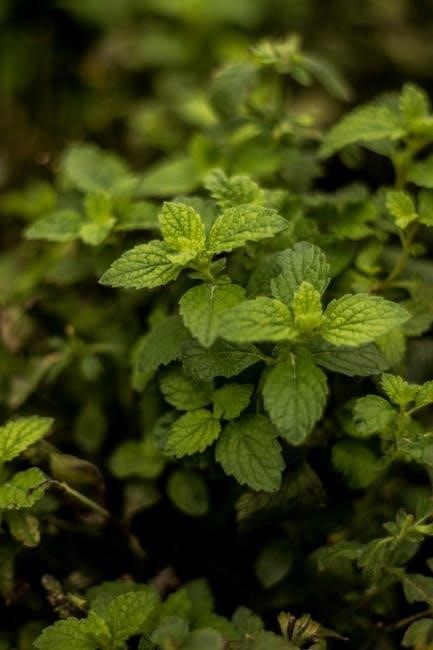
Peterson Field Guides are trusted resources for identifying plants, including medicinal herbs. Founded by Roger Tory Peterson in 1934, they provide detailed descriptions and uses, aiding herbalists and researchers.
History and Development of Peterson Field Guides
Founded by Roger Tory Peterson in 1934, Peterson Field Guides revolutionized nature identification with their groundbreaking approach. Initially focused on birds, the series expanded to cover diverse topics, including botany and herbalism. The guides quickly became essential tools for enthusiasts and professionals, offering detailed descriptions and illustrations. Over the years, they incorporated advancements in taxonomy and user-friendly formats, making complex information accessible. Their emphasis on medicinal plants emerged as herbalism gained popularity, providing reliable resources for identification and usage. Today, Peterson Field Guides remain a cornerstone of botanical and herbal education, blending tradition with modern scientific insights.
Role of Peterson Field Guides in Botany and Herbalism
Peterson Field Guides play a pivotal role in botany and herbalism by providing comprehensive, accessible resources for plant identification and medicinal uses. Their detailed descriptions and visual aids empower enthusiasts, researchers, and practitioners to accurately identify species and understand their properties. The guides bridge the gap between scientific knowledge and practical application, fostering education and responsible use of medicinal plants. By simplifying complex botanical information, they enable users to explore the therapeutic potential of herbs while emphasizing safety and sustainability. This makes them indispensable tools for both amateur and professional herbalists seeking reliable, field-tested information.
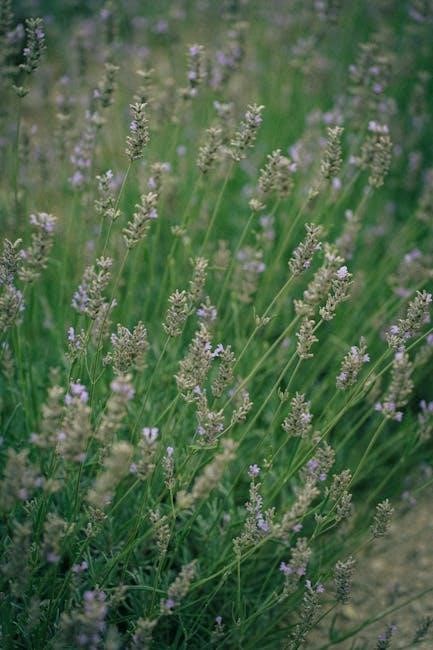
Key Features of Peterson Field Guides
Peterson Field Guides offer a user-friendly identification system, comprehensive coverage of medicinal plants, and detailed visual aids, making plant identification and understanding accessible to enthusiasts and experts alike.
User-Friendly Identification System
Peterson Field Guides feature a user-friendly identification system, simplifying complex botanical information. Their taxonomic keys, arranged by family, enable accurate species identification in the field or with specimens in hand. The guides use clear descriptions and standardized terminology, making them accessible to both professionals and novices. Visual aids like color-coded sections and symbols further enhance usability. For example, the distinction between “screen shot” and “screenshot” highlights attention to detail. This system reduces errors and saves time, ensuring precise identification of medicinal plants. It’s designed for efficiency, catering to herbalists, botanists, and researchers seeking reliable data.
Comprehensive Coverage of Medicinal Plants
Peterson Field Guides provide extensive coverage of medicinal plants, detailing their habitats, chemical properties, and historical uses. Each species is thoroughly described, including its botanical classification, active compounds, and traditional applications. The guides emphasize plants with proven medicinal value, offering insights into their pharmacological effects and safety considerations. They also highlight rare and exotic species, making them a valuable resource for herbalists and researchers. This comprehensive approach ensures users can explore the full spectrum of medicinal plants, from common remedies to lesser-known species, supported by scientific evidence and practical advice for safe usage.
Visual Aids and Detailed Illustrations
Peterson Field Guides are renowned for their exceptional visual aids, featuring detailed illustrations that facilitate accurate plant identification. Each medicinal plant is depicted with precision, showcasing key features like leaf structure, flower color, and growth habits. The guides include both drawings and photographs, capturing various life stages and habitats. These visuals are complemented by icons highlighting medicinal properties, making it easier for users to understand and utilize the information. The illustrations are meticulously researched to ensure accuracy, aiding herbalists and botanists in distinguishing between similar species. This visual approach enhances learning and ensures safe, effective use of medicinal plants.
Medicinal Plants Covered in the Guides
Peterson Field Guides cover a wide range of medicinal plants, from common herbs like calendula and chamomile to rare species, organized by habitat and usage.
Common Medicinal Plants and Their Uses
Peterson Field Guides detail common medicinal plants like calendula, chamomile, and dandelion, each with descriptions of their therapeutic properties and traditional uses. Calendula is noted for its anti-inflammatory and antiseptic qualities, often used in skin care. Chamomile, known for its calming effects, is widely used in teas and remedies for relaxation and sleep. Dandelion, rich in vitamins and minerals, is utilized for digestive health and liver support. These plants are organized by habitat and include tips for sustainable harvesting, ensuring users can identify and use them responsibly while preserving natural resources.
Rare and Exotic Medicinal Plants
Peterson Field Guides highlight rare and exotic medicinal plants, such as the Slipper Orchid and Dragon’s Blood Tree, offering insights into their unique properties. These plants, often found in remote or specific ecosystems, are valued for their potent compounds. The Slipper Orchid, for instance, is sought after for its potential in traditional medicine, while the Dragon’s Blood Tree is known for its antiseptic and anti-inflammatory properties. The guides emphasize conservation efforts, as many of these species face threats from over-harvesting and habitat loss. By documenting their habitats and uses, Peterson Field Guides help preserve and educate on these extraordinary plants.
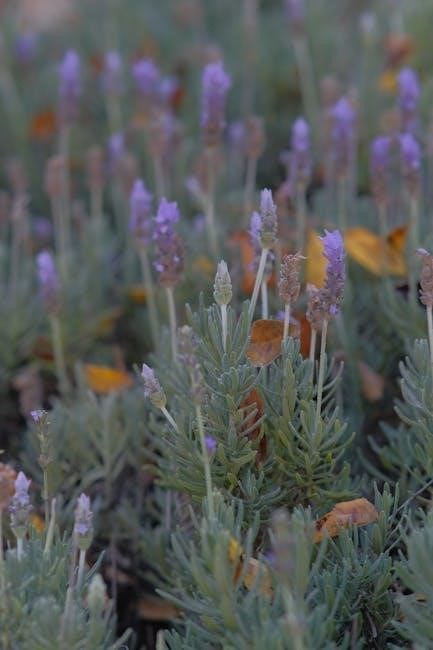
Plants with Multiple Medicinal Properties
Peterson Field Guides detail plants with multiple medicinal properties, such as Echinacea, known for immune support, and Calendula, used for skin health and wound healing. These plants often serve various therapeutic roles, making them highly valued in herbalism. For instance, Turmeric root acts as an anti-inflammatory and antioxidant, while Ginger root aids digestion and reduces nausea. Peterson Field Guides provide in-depth descriptions of such versatile plants, enabling users to explore their diverse applications safely and effectively.
Herbalism Basics
Herbalism is the practice of using plants for health and wellness, rooted in traditional medicine. Peterson Field Guides help identify and understand medicinal herbs, emphasizing safety and sustainability.
Herbalism is the ancient practice of using plants for medicinal, therapeutic, and culinary purposes. Rooted in traditional medicine, it emphasizes natural remedies derived from botanicals. Peterson Field Guides play a crucial role in herbalism by providing detailed identification of medicinal plants, their properties, and safe usage. These guides empower herbalists to forage, cultivate, and utilize plants responsibly. By combining scientific knowledge with practical applications, they bridge the gap between traditional wisdom and modern practices, ensuring sustainable and ethical use of nature’s healing resources. This foundational knowledge is essential for anyone exploring the world of herbal medicine and its countless benefits.

Principles of Herbal Medicine
Herbal medicine relies on the holistic use of plants to promote health and well-being. Key principles include the synergy of plant compounds, which often work together to enhance therapeutic effects. Peterson Field Guides emphasize the importance of understanding plant chemistry and proper preparation methods. Herbalism advocates for minimal intervention, using plants in their natural form to restore balance. Safety and efficacy are prioritized, with guidelines on dosage and contraindications. Ethical practices, such as sustainable harvesting, are central to herbal medicine. These principles ensure that medicinal plants are used responsibly, respecting both human health and environmental sustainability, as outlined in Peterson Field Guides.
Preparation Methods for Medicinal Herbs
Medicinal herbs can be prepared in various ways to harness their therapeutic properties. Common methods include infusions, decoctions, tinctures, and salves. Infusions involve steeping herbs in hot water, while decoctions require boiling tougher plant materials like roots. Tinctures use alcohol to extract active compounds, offering long-term preservation. Salves combine herbs with oils and fats for topical use. Peterson Field Guides provide detailed instructions for each method, ensuring safety and efficacy. These preparation techniques enhance bioavailability and potency, making herbal remedies effective for various health needs. Proper preparation is key to maximizing the benefits of medicinal plants, as outlined in the guides.
Safety and Dosage Guidelines
Peterson Field Guides emphasize safe usage of medicinal plants, providing detailed dosage recommendations and contraindications. They encourage consulting healthcare professionals to avoid adverse reactions and ensure proper herbal use.
Understanding Safe Usage of Medicinal Plants
Understanding safe usage of medicinal plants is crucial for effective herbalism. Peterson Field Guides provide clear guidelines on potential risks, allergies, and contraindications. They emphasize consulting healthcare professionals before using medicinal plants, especially for individuals with health conditions or those taking medications. The guides also highlight the importance of proper plant identification to avoid misuse. By adhering to recommended dosages and preparation methods, users can minimize adverse effects. This section underscores the balance between the benefits of medicinal plants and the need for caution, ensuring safe and responsible use of herbal remedies.
Recommended Dosages for Common Herbs
Peterson Field Guides provide detailed recommendations for dosages of common medicinal herbs, ensuring safe and effective use. Dosages are tailored to factors like age, health, and plant potency. For example, calendula is often recommended as a tea (1 teaspoon per cup) or topical application. Similarly, peppermint is suggested in small quantities to avoid stomach irritation. The guides emphasize starting with minimal doses and gradually adjusting based on individual responses. This approach helps users maximize benefits while minimizing risks, promoting responsible herbal practice. Always consult a healthcare professional for personalized advice, especially for sensitive populations like pregnant women or those with chronic conditions.
Contraindications and Allergies
Peterson Field Guides highlight potential contraindications and allergies for medicinal plants. Certain herbs, like ragweed and mugwort, can cause allergic reactions in sensitive individuals. Plants in the Asteraceae family may trigger cross-reactivity in those with pollen allergies. Additionally, some herbs are contraindicated during pregnancy or breastfeeding, such as blue cohosh and pennyroyal, due to their uterine stimulant properties. The guides also warn against using specific herbs with certain medical conditions or medications, as they may interact adversely. Always consult a healthcare provider before using medicinal plants, especially if you have allergies or are on prescribed medications. This ensures safe and effective herbal use.
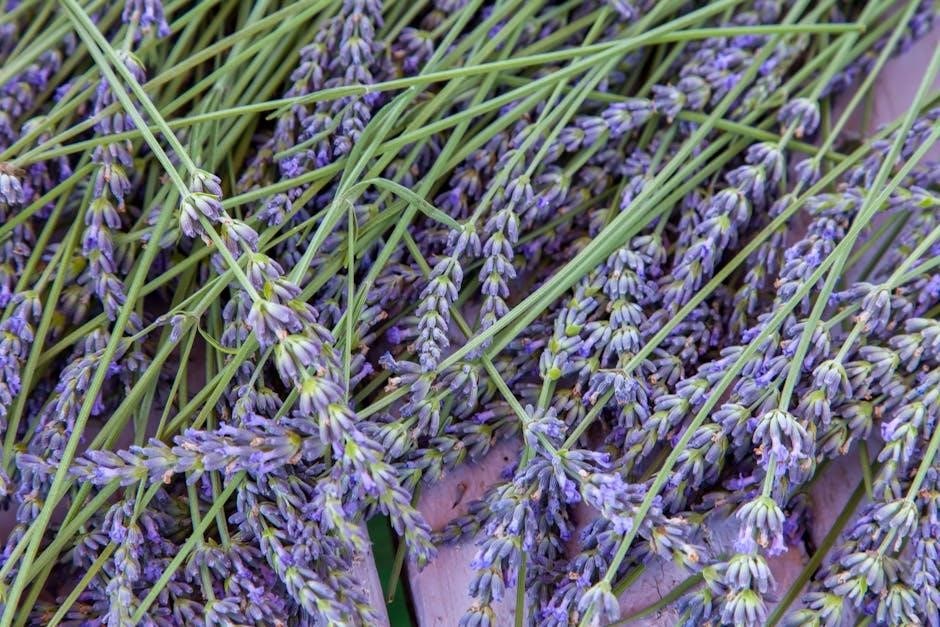
How to Use the Field Guides
Peterson Field Guides offer a user-friendly system for identifying medicinal plants. Use detailed illustrations, taxonomic keys, and descriptions for quick and accurate identification in the field or lab.
Step-by-Step Guide to Identifying Plants
Using Peterson Field Guides, start by observing plant features like leaves, flowers, and stems. Consult detailed illustrations and taxonomic keys to narrow down species. Cross-reference descriptions to confirm characteristics. Utilize range maps to ensure the plant is local. For medicinal herbs, note specific traits for safe identification. This systematic approach ensures accuracy, making it ideal for both beginners and experienced botanists. The guides also provide quick-reference icons for habitats and bloom times, aiding in precise identification. This method is efficient and reliable for fieldwork and study. By following these steps, users can confidently identify medicinal plants for various purposes.
Using the Guides for Medicinal Purposes
Peterson Field Guides are invaluable for identifying medicinal plants, offering detailed descriptions and visual aids. Users can cross-reference symptoms with plant properties to find suitable remedies. The guides emphasize safety, warning of toxic lookalikes and contraindications. They also promote sustainable harvesting practices to ensure ethical use. By understanding the medicinal properties and preparation methods, individuals can harness the benefits of herbs responsibly. These guides are essential for herbalists, researchers, and enthusiasts, providing a reliable resource for safe and effective plant-based remedies. They bridge traditional knowledge with modern applications, fostering a deeper connection with nature and health.
Enhancing Your Knowledge with Additional Resources
To deepen your understanding of medicinal plants, Peterson Field Guides can be complemented with additional resources. Scientific journals, herbalist workshops, and online databases provide updates on research and practical applications. Websites like PubMed or Google Scholar offer access to peer-reviewed studies, while platforms like Herbal Academy orPlantMedicine.org share expert insights. Attending workshops or webinars can enhance hands-on skills, while joining herbalism communities fosters collaboration. Staying updated ensures you benefit from the latest discoveries in herbal medicine. By combining field guides with these resources, you can broaden your knowledge and apply it effectively in your herbalism journey.

Conservation and Sustainability
Peterson Field Guides emphasize sustainable practices, promoting ethical harvesting and protection of rare medicinal plants. They advocate for responsible use to preserve biodiversity for future generations.
Importance of Sustainable Harvesting
Sustainable harvesting is crucial for preserving medicinal plants and ensuring their availability for future generations. Peterson Field Guides highlight the need to avoid overexploitation, emphasizing ethical practices that prevent depletion of wild populations. By adhering to responsible harvesting methods, individuals can help maintain biodiversity and support healthy ecosystems. This approach not only safeguards rare species but also ensures the long-term survival of medicinal plants. The guides provide practical guidelines, encouraging users to harvest plants in ways that minimize environmental impact. Sustainable practices are essential for balancing human needs with ecological conservation, fostering a harmonious relationship between nature and human well-being.
Protecting Endangered Medicinal Plants
Protecting endangered medicinal plants is vital for maintaining biodiversity and ensuring their availability for future use. Peterson Field Guides emphasize the importance of conservation efforts, highlighting species at risk due to overharvesting or habitat loss. These guides provide insights into regulated harvesting practices and support conservation programs aimed at preserving rare plants. By raising awareness about endangered species, they encourage responsible use and advocacy for their protection. Peterson Field Guides also collaborate with conservation organizations to promote sustainable practices and safeguard medicinal plants for generations to come. Their efforts play a crucial role in preserving the world’s botanical heritage.
Ethical Considerations in Herbalism
Ethical considerations in herbalism involve responsible practices that ensure sustainability and respect for natural resources. Peterson Field Guides advocate for harvesting methods that minimize environmental impact and promote fair trade. They emphasize the importance of sourcing herbs from suppliers who follow ethical standards, avoiding overexploitation of wild populations. Additionally, the guides stress the need for transparency in labeling and the disclosure of potential allergens or contraindications. By adhering to these ethical guidelines, herbalists can contribute to a more sustainable and equitable industry while preserving the integrity of medicinal plants for future generations. Ethical practices are essential to the continued viability of herbal medicine.
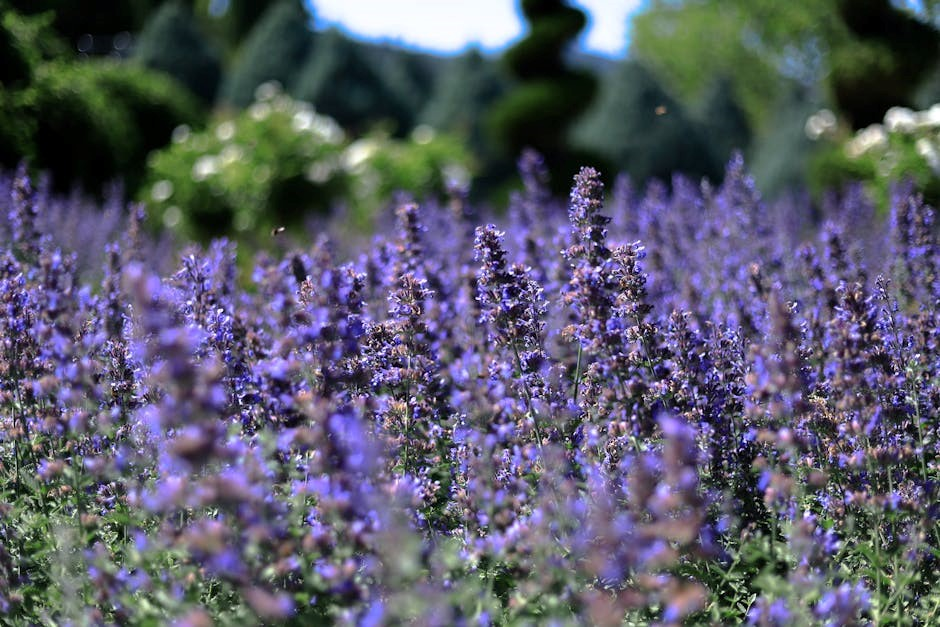
Modern Applications of Medicinal Plants
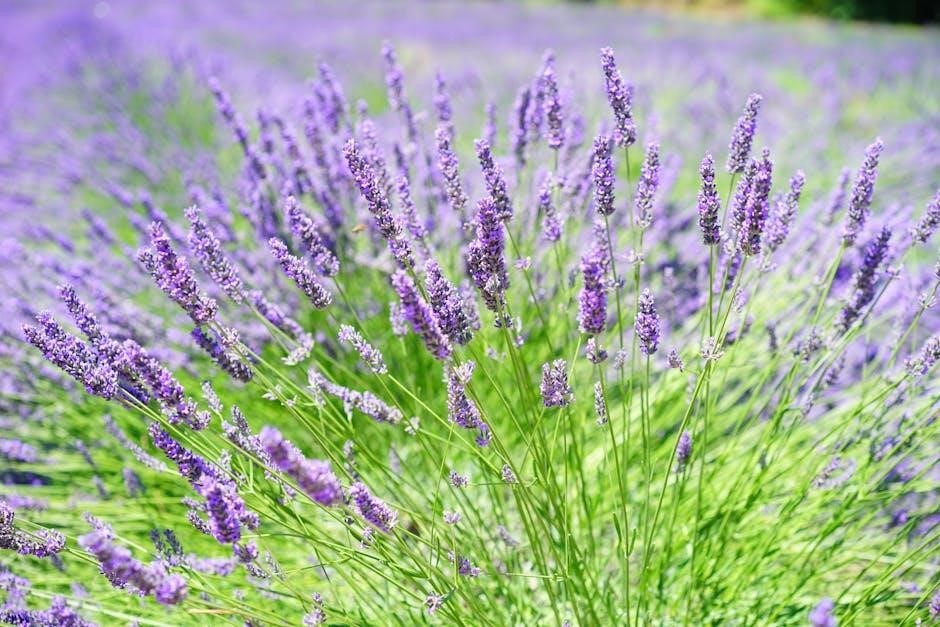
Medicinal plants now inspire pharmaceuticals, nutraceuticals, and alternative therapies, blending traditional knowledge with modern science to address global health challenges and promote wellness.
Medicinal Plants in Modern Medicine
Medicinal plants play a vital role in modern medicine, with many drugs derived from natural compounds. For instance, Foxglove contributes to heart medications like digoxin, while Pacific yew provides taxol for cancer treatment. These plants undergo extensive research to isolate bioactive compounds, leading to life-saving therapies. Modern pharmacology leverages ancient herbal knowledge, blending traditional uses with scientific validation. This integration has revolutionized healthcare, offering targeted treatments for various ailments. By understanding plant chemistry, scientists develop innovative drugs, ensuring sustainability and efficacy. Peterson Field Guides aid in identifying these plants, bridging the gap between nature and clinical applications, highlighting their enduring importance in medicine.
Herbal Remedies in Alternative Therapies

Herbal remedies are cornerstone of alternative therapies, offering natural solutions for wellness. Plants like Echinacea and Chamomile are widely used for immune support and stress relief. These remedies often align with holistic practices such as acupuncture and aromatherapy. Peterson Field Guides provide detailed insights into medicinal plants, aiding practitioners in identifying and utilizing them effectively. By promoting sustainable use and proper identification, these guides ensure the safety and efficacy of herbal treatments. They bridge traditional herbalism with modern alternative therapies, fostering a deeper understanding of nature’s healing potential. This integration supports a balanced approach to health, making herbal remedies accessible and reliable for diverse therapeutic needs.
The Future of Herbal Medicine
The future of herbal medicine lies in advancing research, sustainability, and accessibility. Peterson Field Guides play a pivotal role by providing detailed insights into medicinal plants, fostering evidence-based practices. As interest in natural remedies grows, these guides bridge traditional herbalism with modern science, ensuring safe and effective use. By promoting sustainable harvesting and conservation, they help maintain biodiversity. The integration of technology and field guides will enhance accessibility, making herbal medicine more widely available. This synergy between tradition and innovation promises a bright future for herbalism, supporting global health and wellness through nature’s healing potential.
Peterson Field Guides are authoritative resources for medicinal plants, offering detailed insights and promoting sustainable practices. They remain indispensable for education, conservation, and ethical herbalism, fostering a deeper connection with nature.
Final Thoughts on the Importance of Peterson Field Guides

Peterson Field Guides are essential for botanists and herbalists, providing accurate identification and medicinal uses of plants. Their detailed illustrations and user-friendly systems make them indispensable for fieldwork and research. By emphasizing sustainable practices, they promote ethical harvesting and conservation of medicinal species. These guides not only educate but also inspire a deeper appreciation for nature, fostering a long-term commitment to environmental stewardship. Their comprehensive coverage ensures that both common and rare plants are well-documented, making them a vital tool for anyone exploring the world of medicinal herbs and their applications in modern herbalism and medicine.
Encouraging Further Exploration and Learning
Peterson Field Guides inspire curiosity and foster a deeper connection with nature, encouraging users to explore the vast world of medicinal plants and herbs. By providing a solid foundation of knowledge, these guides empower individuals to continue their learning journey, whether through advanced research or hands-on experimentation. They also highlight the importance of conservation and sustainable practices, motivating readers to contribute to the preservation of botanical diversity. For both beginners and seasoned enthusiasts, Peterson Field Guides serve as a catalyst for lifelong learning and appreciation of the natural world, offering endless opportunities for discovery and growth in herbalism and beyond.